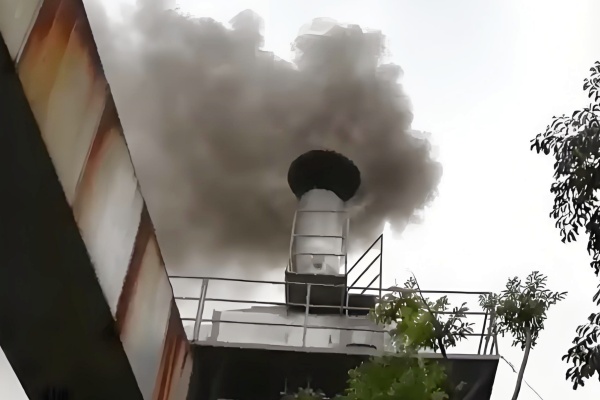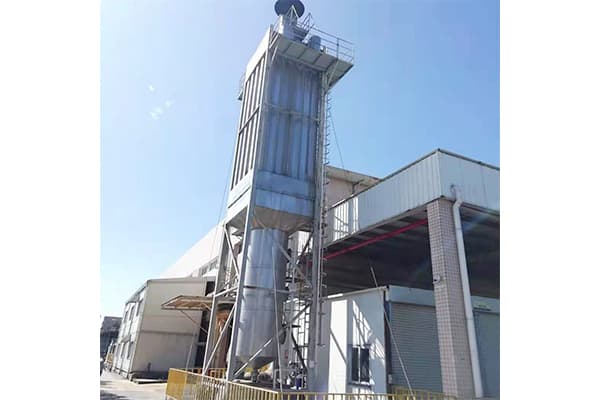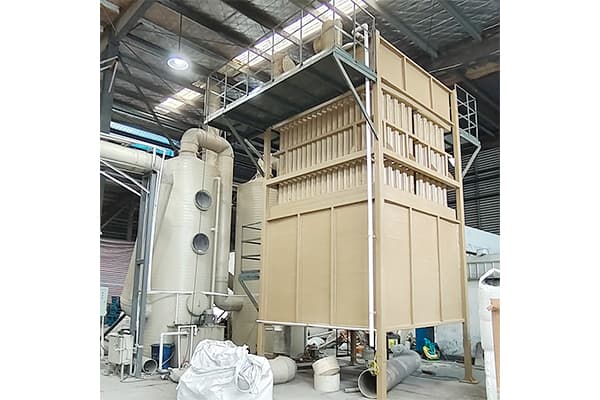Wet Electrostatic Precipitators: Advanced Control for Waste Incineration Flue Gas Pollutants
Introduction
Waste incineration serves as a critical waste management solution globally, yet its flue gas contains complex pollutants—fine particulate matter (PM), acidic gases (HCl, SO₂), heavy metals (e.g., mercury, lead), and persistent organics (e.g., dioxins). Addressing these emissions requires robust technologies like Wet Electrostatic Precipitators (WESP), which offer adaptable and efficient control. This article details how WESP systems tackle incineration flue gas challenges, emphasizing their practical advantages while avoiding overstated claims.
---
Core Advantages of WESP in Waste Incineration
1. High-Efficiency Capture of Fine and Sticky Particles
Incineration flue gas often carries ultrafine PM (<1 µm) and adhesive fly ash, which conventional filters may struggle to retain. WESP electrostatically charges particles, driving them to water-washed collection surfaces. This process achieves PM2.5 removal rates often exceeding 99%, supporting compliance with stringent standards like the EU’s Industrial Emissions Directive (IED).
2. Corrosion Resistance in Aggressive Environments
Combustion-derived acids (e.g., HCl, SO₃) and moisture accelerate equipment degradation. WESP mitigates this through corrosion-resistant materials (fiberglass-reinforced plastic, titanium coatings) and a protective water film on electrodes. These features extend operational lifespan while reducing maintenance frequency in humid, acidic conditions.
3. Integrated Multi-Pollutant Abatement
Beyond particulate control, WESP synergizes with upstream treatments:
- Acidic gases (SO₂, HCl) dissolve into the water layer.
- Heavy metals and dioxins adsorb onto charged droplets or particulates, enhancing removal.
This integrated approach reduces reliance on additional scrubbers, streamlining operations and lowering capital costs.
4. Adaptability to Fluctuating Operating Conditions
Waste composition variability causes shifts in flue gas temperature (50–90°C), humidity, and pollutant loads. WESP maintains stable performance across these ranges, ensuring consistent emissions control without process interruptions.
5. Sustainability and Operational Economy
- Low Energy Use: Minimal pressure drops and no filter replacements cut energy consumption by ~30% vs. baghouses.
- Water Conservation: Closed-loop water systems recycle >90% of wash water, aligning with circular economy goals.
- Waste Minimization: Compact sludge volumes simplify disposal compared to dry ash handling.
---
Implementation Best Practices
While WESP delivers reliable pollutant control, optimal performance requires:
- Sludge Management: Neutralization and dewatering of wastewater to prevent secondary contamination.
- System Customization: Pilot testing to tailor voltage, water flow, and materials to site-specific gas compositions.
- Upstream Synergy: Pairing with spray dryers or activated carbon injection maximizes dioxin/heavy metal capture.
---
Conclusion
Wet electrostatic precipitators provide a technically advanced, adaptable solution for treating complex waste incineration emissions. By efficiently capturing fine particulates, resisting corrosion, and enabling multi-pollutant control, WESP supports compliance with global standards (e.g., EPA, IED) while promoting sustainable waste-to-energy operations. For facilities seeking to enhance environmental performance, WESP represents a pragmatic investment in cleaner air quality.
 How Wet Electrostatic Precipit
How Wet Electrostatic Precipit
 Wet Electrostatic Precipitato
Wet Electrostatic Precipitato
 Effective Purification of Dryi
Effective Purification of Dryi
 Effective Treatment of Metal
Effective Treatment of Metal


